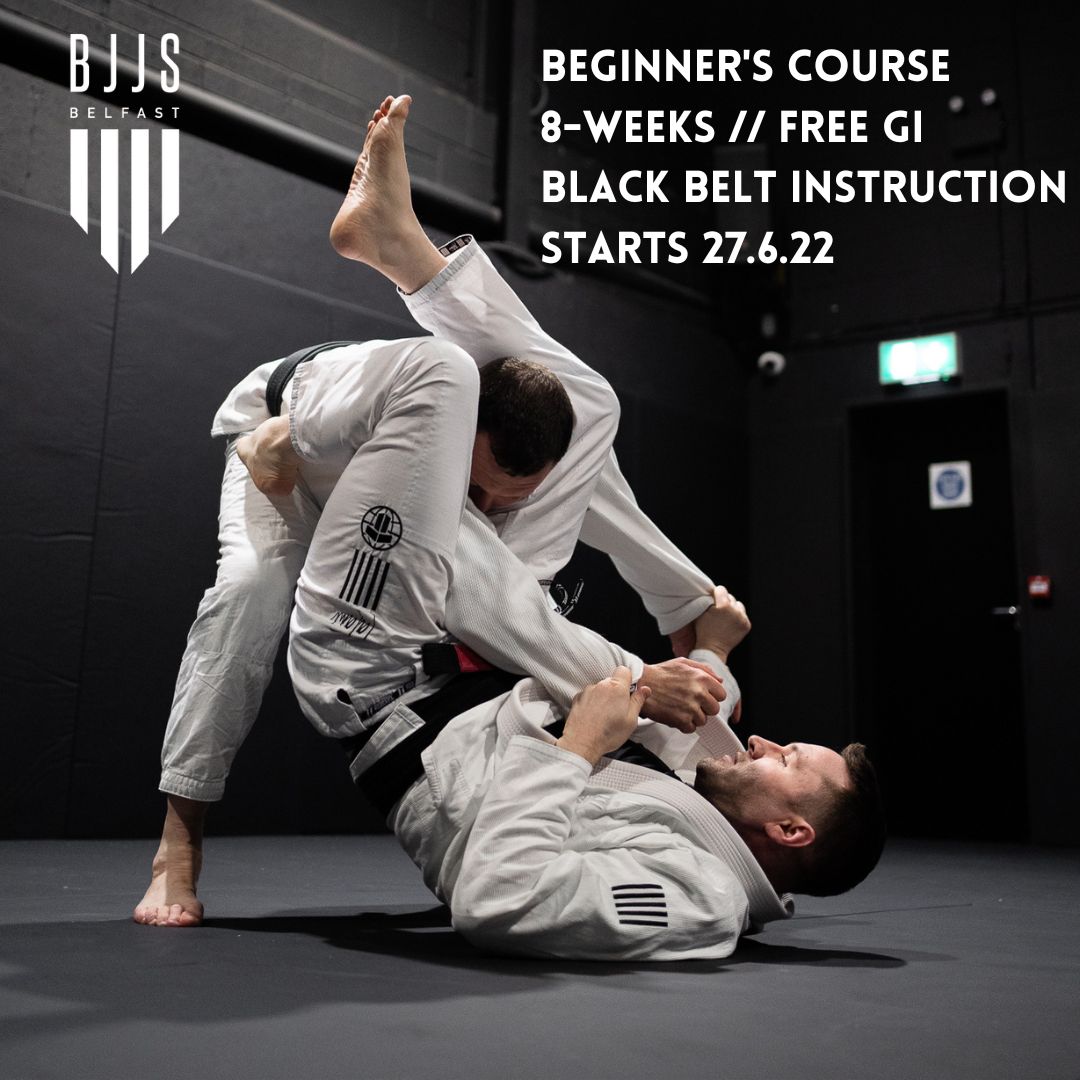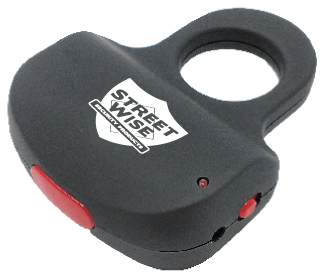
There are many different types of knife blades. Each blade is suited for a specific purpose. For example, a spear point has a very sharp point and is used for piercing and grabbing. Another type of knife blade features a curved edge, which is useful for cutting carpet and linoleum. The blade's spine is dull and allows for more control. Every blade has a particular function. You should use the right type of blade for your needs based on its shape and materials.
Drop point
Drop point knives have a wide belly and a flat back, making it easy to slice. This knife is well-suited for everyday carry and hunting. A large belly makes it easy for wood to be batoned. The blade is easy and doesn't cut too deeply.
Drop point knives are longer and thicker than regular blades. However, the edge is less sharp and less suited for stabbing. The long blade makes it easier to cut.
Spey
Spey knives have a sharp, upward-curving tip and a flat edge. The spine is almost completely straight and parallel to the edge of the blade. This creates a shorter belly and wider tip. The traditional blade was used for castrating animals and is still popular among hunters, fisherman, and other users as a versatile tool.

Spey knives are not usually featured on their own, but are often part of multi-blade hunting knives. These blades are very useful for a wide range of tasks and have a stronger tip than clip point blades. Modern versions often use higher-quality stainless steels.
Cleaver
A cleaver can be used as a kitchen tool, but it is also useful for everyday tasks. The handles and blades have a sharp edge. Cleaver knife blades can be found in several different styles. Some are for professional use; others are for home use.
Cleavers' blades are very sharp and can cut through meat and bone with ease. These knives are made out of high-carbon steel and have been vacuum-heated treated to improve their mechanical properties. Cleaver knife blades are dishwasher-safe.
Sheepsfoot
The shape and tip of a Sheepsfoot or Wharncliffe knives are the most important differences. The pointed tip of the latter knife is better suited for piercing and can be used for more difficult tasks. Knowing the differences between them is essential to help you choose the right knife for your needs.
Sheepsfoot knives make a versatile tool. They are a close cousin to a razor blade. These blades can be used to open boxes or cut through stiff cellulose. These blades can also be found in Japanese kitchen knives like the santoku. These blades are small enough to be used with your fingers.

Tanto
Tanto knife blades were originally developed in Japan. This was the time of the first sogun, which was a military government that ruled feudal Japan. This period brought relative peace to the samurai, but this also brought about dramatic changes in the history of the Tanto blade. Once a vital weapon, the Tanto blade was now largely of ornamental value and used for ceremonial purposes.
The blades of tanto knives have two flat sides, which make them easy to sharpen in the field. Tanto knives can be sharpened with sharp stones despite their flat edges.
FAQ
How do beginners do self-defense?
Experts are not the only ones who can learn self-defense. You should also know how to defend your self when you're alone. To protect yourself against an attack, you should know the basics.
Start by learning basic movements like punching, kicking and kneeing. Next, you can learn more advanced moves like grappling as well as joint locks.
It is always beneficial to practice what you might encounter in real-life situations. If you want to learn how kick someone, you can practice on something like a pillow.
So you don't get hurt while practicing. You should also be careful not to hit any object hard, as you could break it.
Can I be charged with using my stungun?
No. Stun guns are considered "less deadly" weapons. They cannot inflict serious injury and are therefore considered less deadly.
You could be charged even if your stun gun accidentally hits someone.
Which weapon is best for self-defense?
A sharp knife is the best weapon for self-defense. You may not think you need a knife for self-defense, but if someone tries to attack you, then you'll find yourself wishing you had one.
A $100 folding knife is not necessary to be protected. You can do the job with a simple pocketknife. For any emergency, you can add some extra tools.
Statistics
- Some people walk into a gym thinking they are going to become the best by training whenever they like and not putting 100% effort in. (budodragon.com)
- Boxers aren't allowed to fight in a clinch, which is a position that occurs in 80% of the streetfights. (mmaclan.com)
- Verbal harassment was the most common form, but 51 percent of women said they were touched or groped in an unwelcome way, while 27 percent of women survived sexual assault. (healthline.com)
- Most likely, you'll get tapped out by 90% of the people in your first 3-5 months. (mmaclan.com)
External Links
How To
Which type of self-defense should you learn?
Self-defense is a broad term that covers a wide range of options. There are many different kinds of self-defense that you can learn. These are the most commonly used:
-
Boxing – Boxing is a great option for self-defense as it trains you how to fight with your hands. Although most people believe only men can fight, boxing is possible for women. There are many methods that women can learn to box, including private lessons or gym memberships.
-
Wrestling - Many people believe that wrestling isn't a real sport, but it actually is. In fact, it was once considered the national pastime of America. You can learn to wrestle online, in a gym, or privately.
-
Jujitsu – Jujitsu is another popular martial arts that teaches you how defend yourself with your body weight. It's simple to learn and helps you improve your coordination and balance.
-
Kickboxing – Kickboxing is similar in style to Muay Thai except it uses kicks rather than punches. It's a full combat sport with no rules. It's a great option for beginners because it's easy to learn.
-
Tae Kwon Do – TKD - Tae Kwon Do is a Korean Martial Art that combines elements karate, taekwondo and jujitsu. It's a great choice for those who want to learn about self-defense without worrying about hurting their opponent.
-
Mixed Martial Arts - MMA combines many different martial arts. It is a combination of Judo and Brazilian Jiu Jitsu as well as Judo, Boxing Wrestling and Wrestling. Because of its effectiveness, it's one among the fastest-growing sports.
-
Karate - Karate, a Japanese martial art, focuses on kicking techniques. It's been around hundreds of years and has changed throughout the centuries. Today, there are many styles of Karate. Each has its own style and training methods.
-
Knife Fighting. Knives are great for protecting yourself. You don't have to get close to your attacker in order to stab them. You just need to know how to handle a knife defensively.
-
Pepper Spray- Pepper spray can be used as a non-lethal weapon to help you escape from attacks or stop them from beginning. Pepper spray is not recommended for attackers as they are likely to get burns.
-
Firearms: The last defense against an attacker, is to shoot them. This is often done by law enforcement officers and trained civilians.
-
Self-Defense Classes – A self defense class can be a great way for you to learn all these skills at once. They cover everything from grappling and shooting.
-
Combative Sports - Another great option is participating in combative sports like mixed martial arts fighting, kickboxing, or even amateur wrestling. These sports require practice and discipline, and they teach you how protect yourself.
-
Martial Arts Schools. If you're serious in learning how to defend your self, then go to school that teaches martial art. Some schools also offer weapons classes.
-
Online Courses – There are many resources that you can also access for free. 15) Books – Finally, you might find some books useful. Alan Peppard's "The Complete Idiot's Guides To Self Protection" book covers all of the mentioned topics.
-
Start With What You Know - Before trying to learn something new, make sure you first master what you already know. You'll be able to avoid making mistakes which could lead to your financial ruin.
I'm thinking I might try self-defense. I've always wanted to learn how to fight but was never interested in actually doing it. Now that I am older, it is time to take better care of me and stop relying on others.
I've decided to start off slow and see where things go from there. I am thinking about joining the local gym to get started with weight training and such. I'm still contemplating whether I should get one.